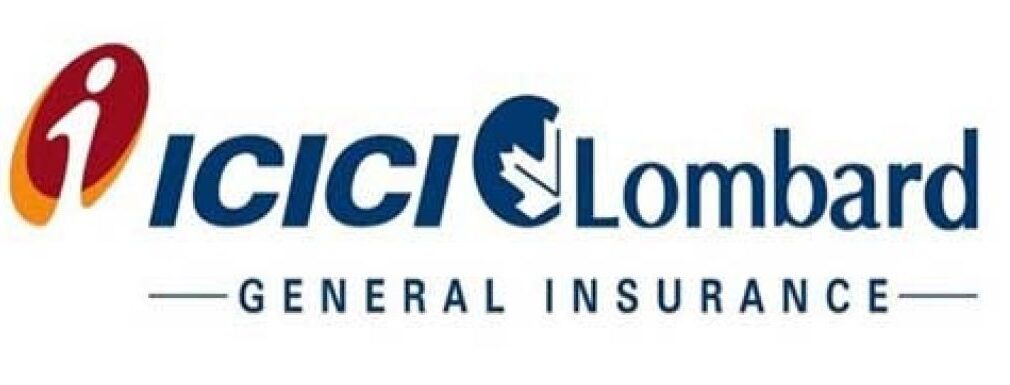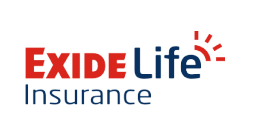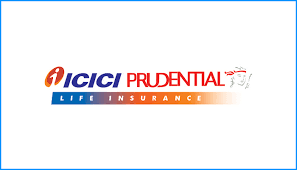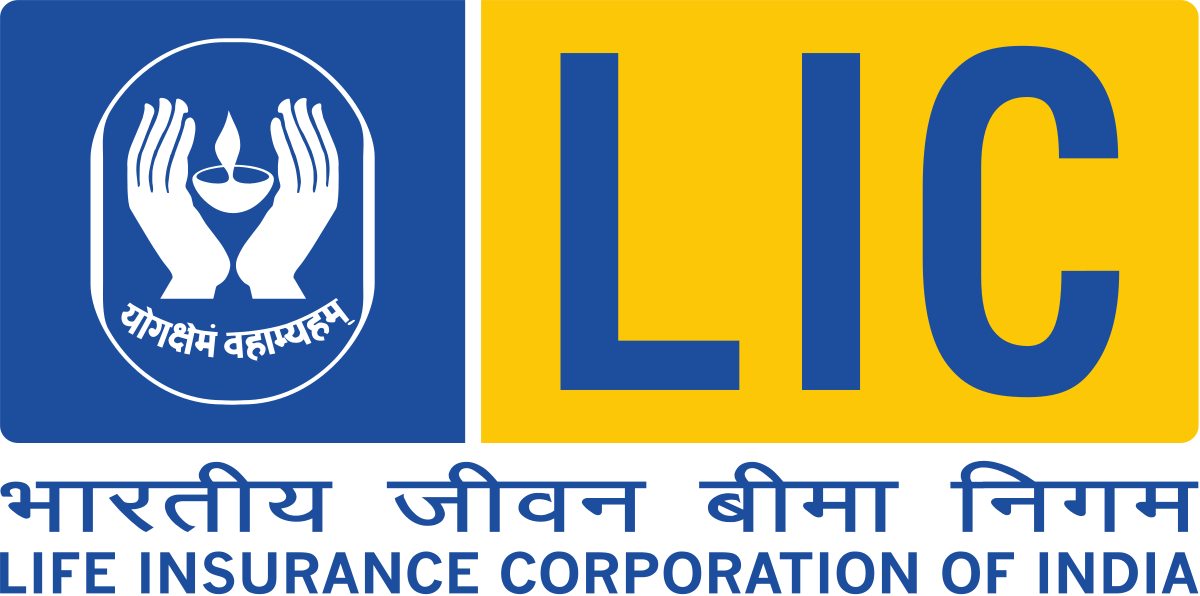What is the difference between LIC and Private Insurance companies?
Life is full of uncertainties, and everyone should accept them. To deal with these uncertainties, people used to opt for various life insurance policies, especially term insurance plans. A term insurance plan offers coverage to a customer for a specific period. In the case of the sudden demise of the policyholder, the beneficiary will get the sum assured amount that helps the family cover their expenses. Both Government (LIC) and the top private companies in India offer multifarious term insurance plans to customers. That’s why people can’t decide whether they should choose the term plans by the government or private companies. They are skeptical about private sector insurance companies in terms of legitimacy and dependability. Let’s take out some time and unearth the truth behind it.
Inception of LIC
The Life Insurance Corporation Act was passed on 19th June 1956 by the Indian Parliament. The prime aim was to nationalize all private life insurance companies into a single state-owned entity. With this aim, LIC was introduced on 1st September 1956. Till the year 1999-2000, Life Insurance Corporation (LIC) had complete control and monopoly over the Indian life insurance market until the rise of private companies.
LIC is government or private
The Life Insurance Corporation (LIC) is a government organization.
The rise of the private companies
In 2000-2001, the Indian government withdrew the entry restrictions for private sector companies from the life insurance market. The government even allowed foreign investment in the life insurance sector. At present, 23 prodigious private companies are vying with each other to grab the attention of the customers without compromising their current hold.
Let’s plunge into it and compare previous years’ report cards of the Life Insurance Corporation with the combined strength of 23 private giants.
- Market Share: In 2016-2017, the market share of Life Insurance Corporation (LIC) was 71.81% against 28.19% held by all 23 private companies. In 2015-2016, LIC’s share was higher (72.61%), decreasing the share from its previous holding. On the other hand, the share has made a gain of 0.8% for private insurance companies.
- Customer Base: In the year 2016-17, nearly 264.56 lakh new policies were issued by all life insurance companies of India. Out of these, Life Insurance Corporation (LIC) alone has issued 201.32 lakh policies (76.1%). On the other hand, all private insurance companies (jointly) have issued just 63.24 lakh policies (23.9%). But private companies have experienced a growth of 2.13% against the previous year. On the other hand, LIC has experienced a waning of 2.02%.
- Claim settlement Ratio: Customers always consider the claim settlement ratio of an insurance company before purchasing an insurance plan. LIC claim settlement ratio was 98.31% in the year 2016-2017. But the claim settlement ratio was 93.72% for the private players combined.
So, it can be concluded that private companies are rising as people have started trusting them to meet their insurance and investment requirements. LIC claim settlement ratio 2019-20 term insurance was 96.69%. So, the claim settlement ratio is improving for private companies. Private companies like HDFC Life term insurance had a claim settlement ratio of 99.07% in 2019-2020.
Despite showing an impressive report, many people still can’t trust private insurance companies because of some fallacies or myths.
Myth: Private insurance companies are not trustworthy
Fact: According to the Insurance Act, 1938, the Insurance Regulatory and Development Authority of India (IRDAI) monitors and scrutinizes all insurance industry details.
Licensing of new companies: To launch a new life insurance company, the applicant needs to pay an equity capital of Rs. 100 crores. This means only financially stable players can enter this industry.
Solvency Ratio: IRDAI also screens the financial condition of insurance companies, including LIC and private companies. It checks how good or bad each insurer’s financial situation is based on solvency norms. According to the rule, the solvency ratio of insurance companies should be 150%. This means all insurance companies need to maintain funds greater than or equal to 1.5 times their liabilities (irrespective of their size and profile). If you consider LIC vs. SBI Life, the solvency ratio of LIC is 160%, and SBI Life is 250 %. On the other hand, the solvency ratios of LIC vs HDFC term insurance are 160% and 201%, respectively. LIC vs MAX Life insurance solvency ratios are 160% and 207%, respectively.
Financial Strength: The private companies are holding good positions in the market as customers have started investing with these companies. To enhance the influx of foreign investments, the government has raised the FDI limit (from 26% to 49%) in the Indian insurance industry.
On the other hand, private insurance companies have also raised capital through the IPO route.
- HDFC Standard Life Insurance Company public issue of Rs 8,695 crore
- SBI Life public issue of Rs 8,400 crore
Myth 2: Private insurance companies used to reject claims
Not only private companies but even LIC will also reject your claim if you raise a fraudulent claim. To prevent the insurer from declining legitimate claims without a proper reason, Section 45 of the Insurance Act 1938 was imposed.
How to choose between LIC and private companies?
- Compare: before opting for the best insurance plans, customers should compare the features of the same plan from various insurers, including LIC or private companies. Analyze their credibility through the solvency ratio, their past performance, and the price of the products.
- Innovation: LIC is lagging in terms of innovative products. Private companies have introduced many intriguing and innovative products like ULIPs, Cancer, and Heart Insurance Plans.
- Online: Since LIC is a conventional company, it is yet to equip itself with the latest technologies. In this digital-driven era, though LIC has entered the online market, still, it has limited products on this platform. By introducing new products, private companies are taking advantage of this platform.
- Sales channel: Private companies have introduced a plethora of new sales channels, including Bancassurance, Point of Sale Agents, Agency Partner Channel (APC), Web Aggregators, and so on. But LIC prefers to sell its products through agents rather than trying new channels.
Every established insurance company (both Life Insurance Corporation and private insurance companies) is trying to give all the features of their policies to the insured policyholders or beneficiaries. However, before making any commitment, you should go through the terms and conditions of the policy to understand it in a better way.





























